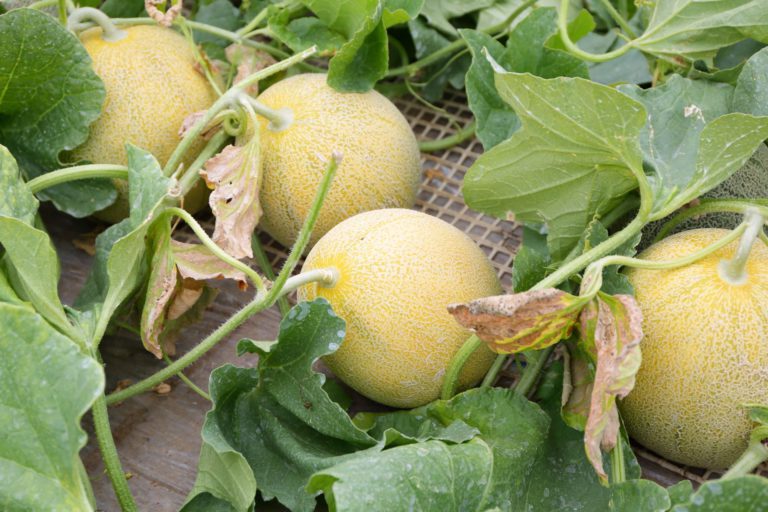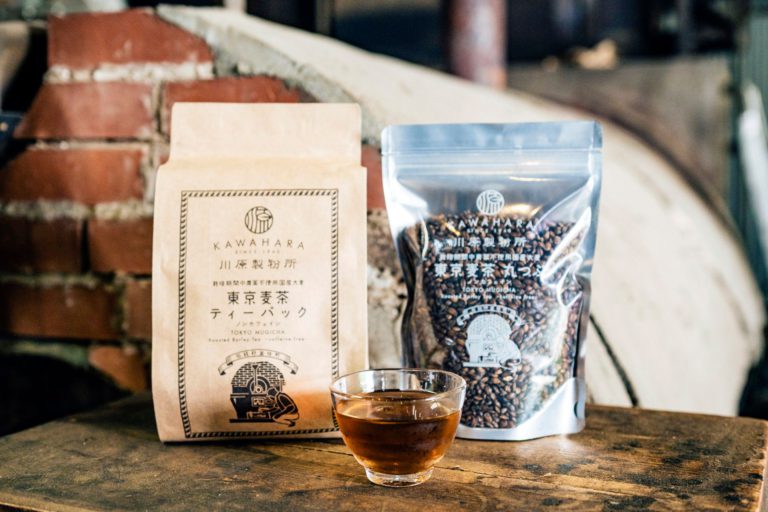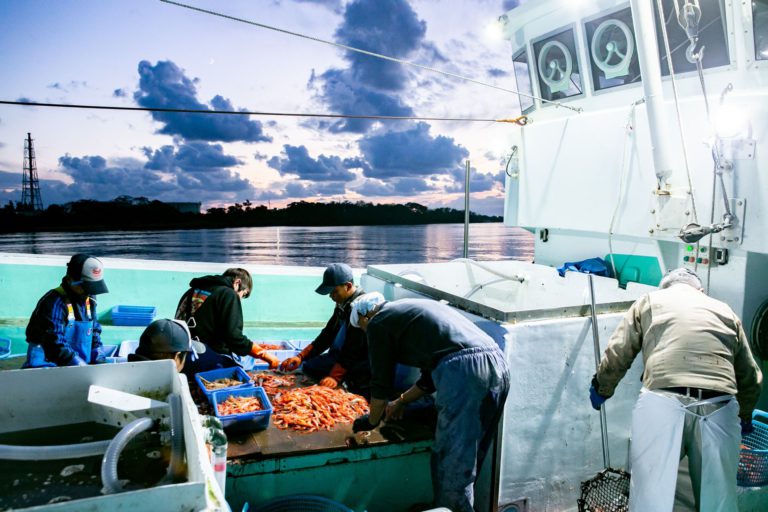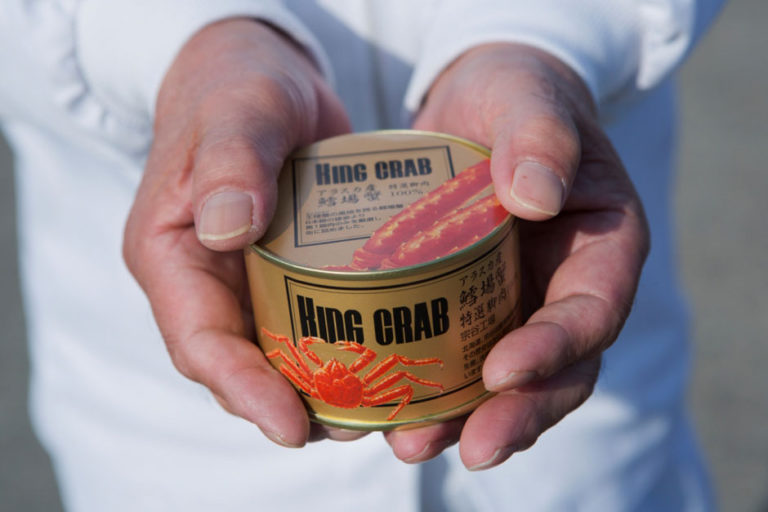Atemoya, a Sweet Subtropical Fruit Produced by Onna’s Unique Natural Farming Method
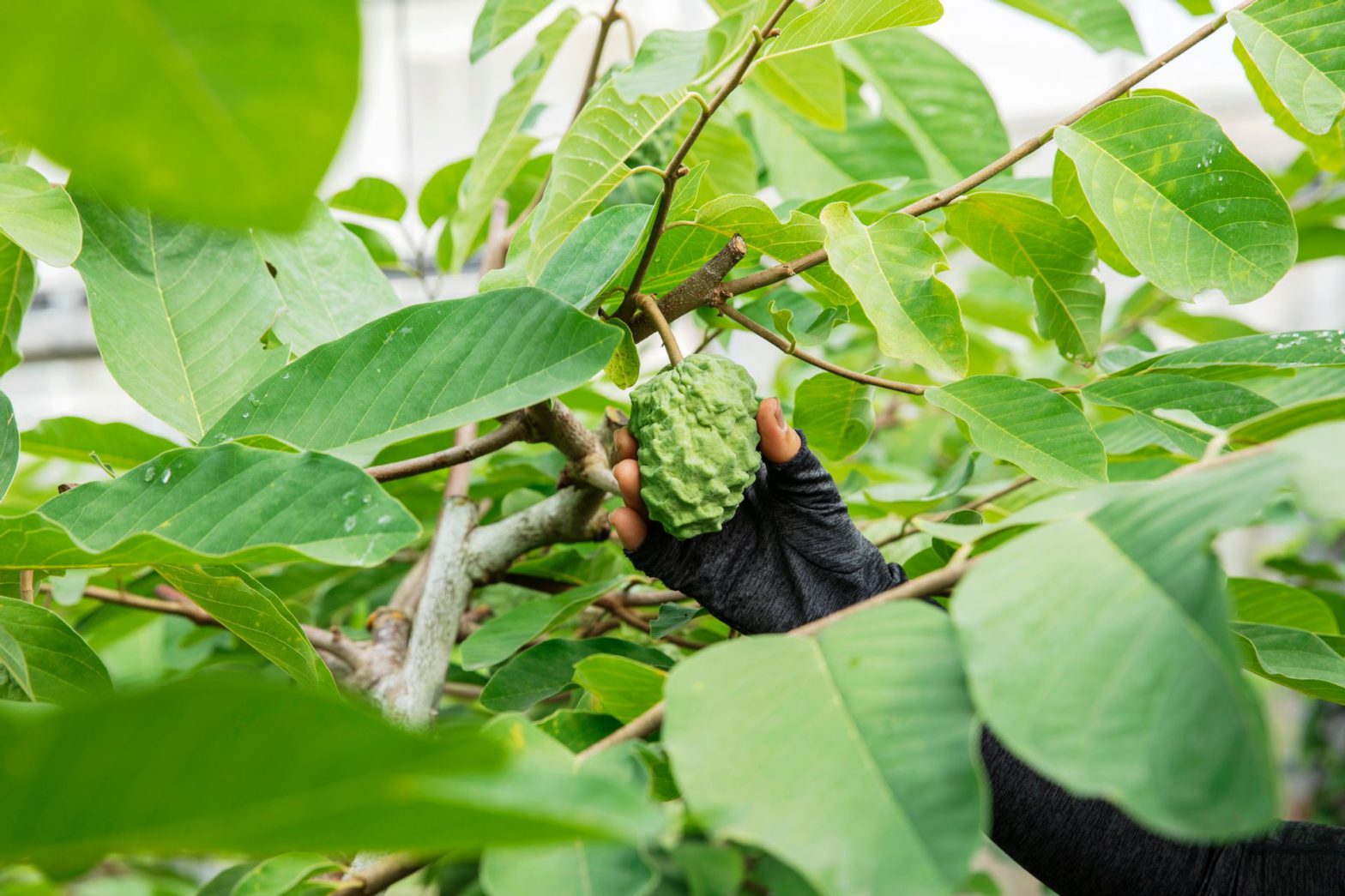
The village of Onna in Okinawa Prefecture is a leading producer of atemoya, boasting the highest yield in Japan. In this issue, we visited Kazue Teruya of Teruteru Farm, a JAS-certified organic farm that grows atemoya naturally.
An enticing fruit with 25 Brix
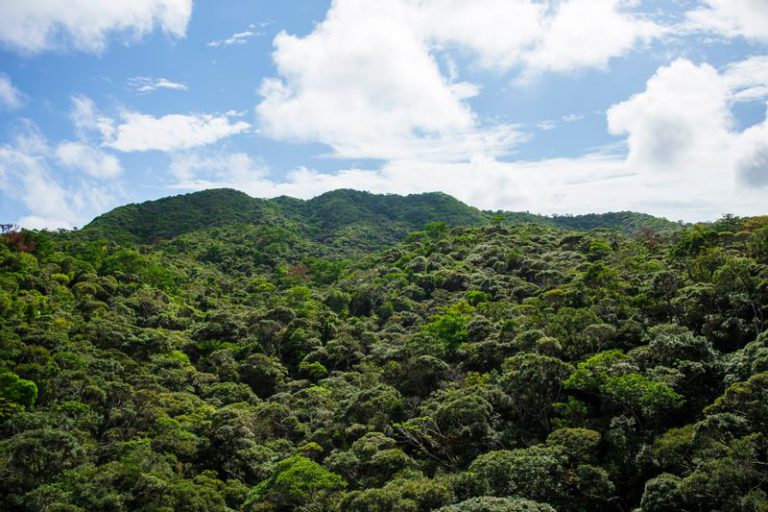
Atemoya is a hybrid of two fruits, the custard apple (Annonaceae), popular in Taiwan, and the cherimoya, also from the custard apple family and native to the Andes Mountains. It has a unique appearance, with a knobby green rind formed like a combination of the two.
Although a subtropical fruit, it is also hardy to cold, whereas too high a temperature may prevent the sugar content from rising. Therefore, the growing season is in the cooler months of autumn and winter after pollination in summer. Atemoya slowly matures into a large and sweet fruit over a period of about four months. Atemoya’s shipment period is set from December 1 to the end of April, with January being the tastiest season.
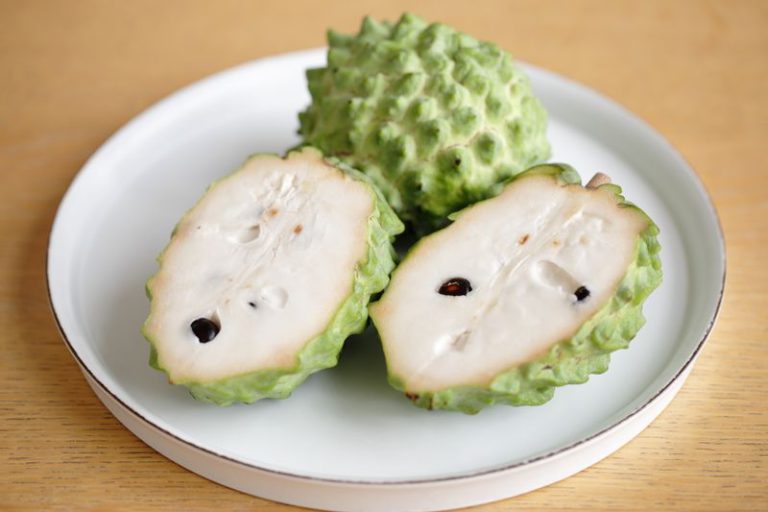
The fruit is regarded as “the ice cream of the forest” due to its flavor and texture. Its milky-white flesh has a soft and creamy texture and is so sweet that its sugar content sometimes exceeds 25 Brix. Though low in calories, it is also rich in vitamins and minerals, making it nutritious. The volume of shipments is still small, but it is currently enjoying popularity as a gift.
Making allies of insects. A unique cultivation method harnessing the power of nature.
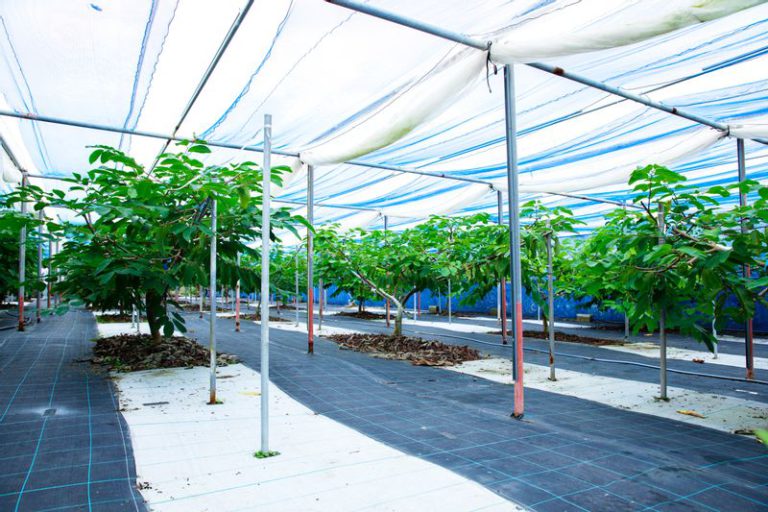
恩納村で唯一、有機JASを取得してアテモヤとパッションフルーツを栽培している「てるてるファーム」。制限の多い有機JASの基準を満たすのは容易ではないが、代表の照屋和江さんにとっては自然な流れだった。そもそも生産量の少ないアテモヤに認可されている薬が少なく、「それなら薬を使わずに栽培しよう」と、決意した照屋さん。県の農業アドバイザーの助言を受けながら、アテモヤの有機栽培方法を見つけ出した。
なかでもユニークな栽培方法が「天敵農法」。普通なら駆除してしまう虫を敵と味方に分け、味方の虫は殺さず害虫駆除に役立てるという自然農法の手法の一つらしい。照屋さんはファームを案内しながら「あの虫は敵、これは味方」と、説明してくれる。
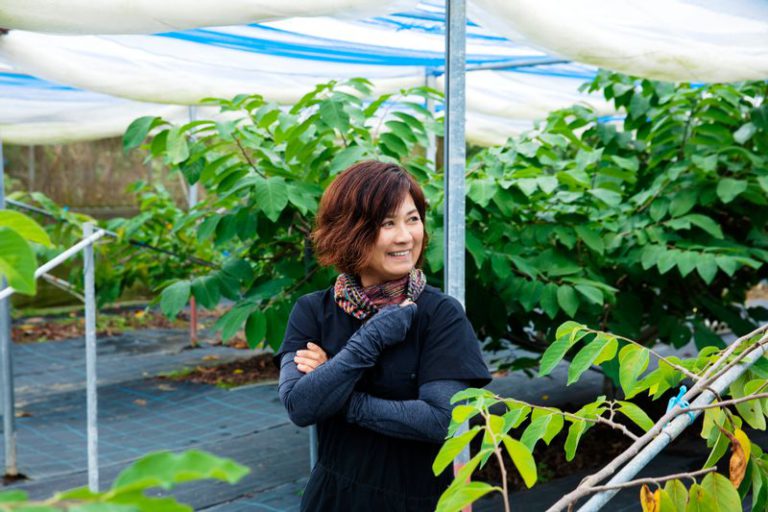
She further explains, “For example, even among stink bugs, the most common pest, a species called the eocanthecona furcellata, is a friend because it preys on caterpillars that feed on leaves and fruits. Oh, and that praying mantis over there is also a friend. Can you see it hiding and preying on the insects that come close to the flowers?” She is so committed that she even breeds the insects at home to study their species and characteristics. It is a farming method unique to this woman who loves plants, flowers and other critters.
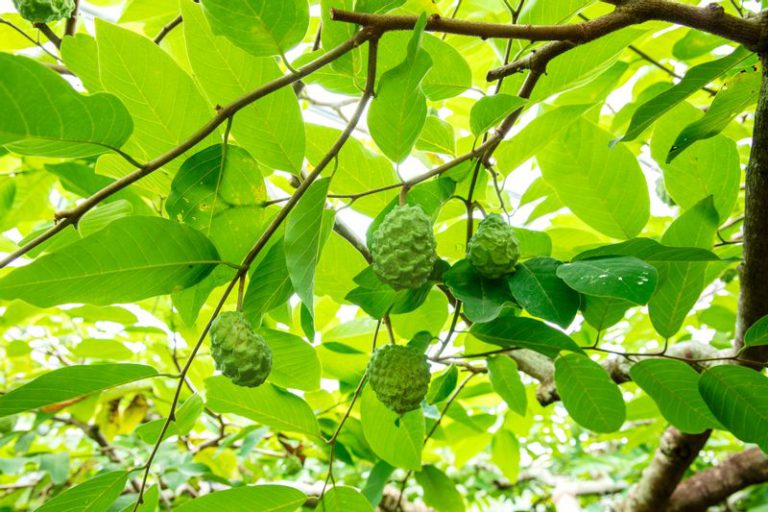
It is hard to determine when to harvest atemoya because it does not clearly change in appearance as it matures. Therefore, Teruya sets the pollination period at 20 days to eliminate the inconsistency in harvest time to improve her fruit’s quality. It is also important to pick the fruit in the autumn because excessive fruiting will consume so much energy, killing the tree the following year. The farm cultivates the trees to produce the right amount of large fruits by carefully pruning them so that there is one fruit and about 16 leaves per branch.
The best thing to do is to choose large fruits
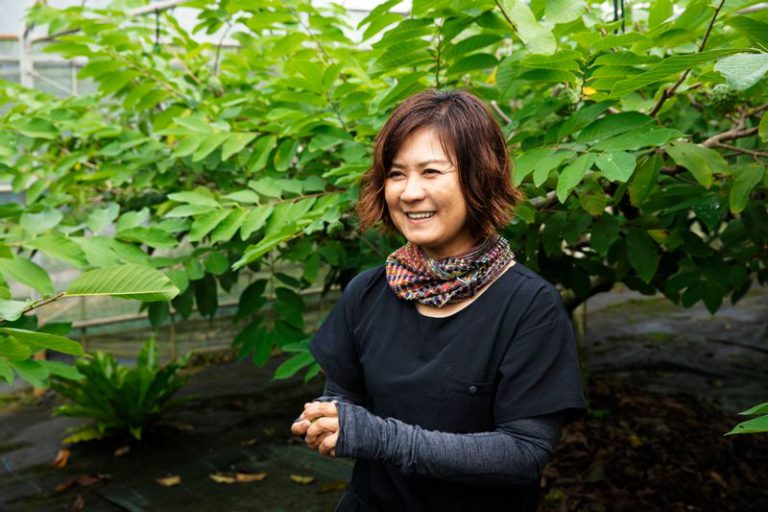
「見慣れない果実なので最初は小さいものを選ぶ方が多いんですが、アテモヤは大きい実を選ぶのがおすすめです」という照屋さん。味自体はサイズの大きさで変わらないが、とても種が多い果物のため、大きい実のほうが食べられる部分が多いからだ。
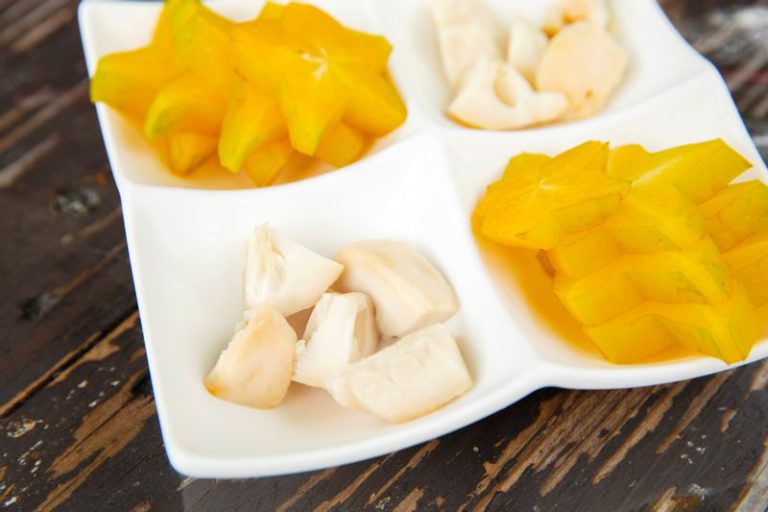
Atemoya is tastiest when eaten as is, but the creamy fruit also goes exceedingly well with smoothies and yogurt. The best time to eat is when the rind has softened a little after purchase. A refreshing sweetness akin to a ripe La France pear spread in the mouth when we tried one. We can look forward to the peak of the season in January, when the flesh will be softer and smoother, and the sugar content will be higher.
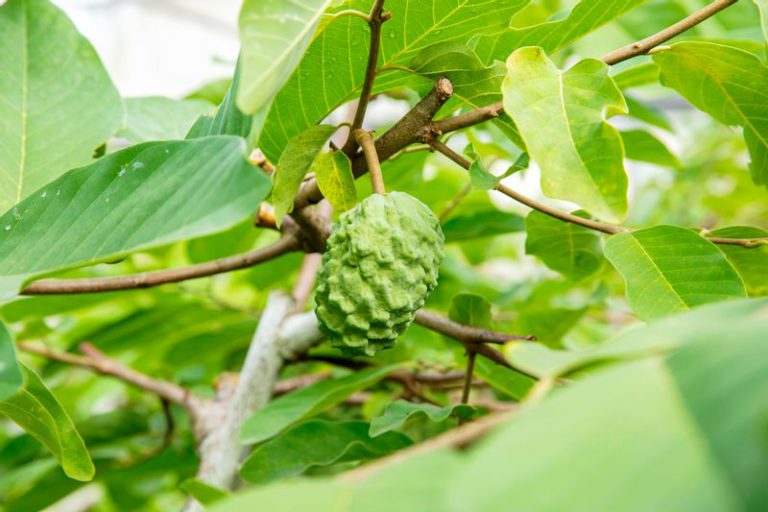
Teruya hopes to continue growing atemoya in symbiosis with nature. We encourage you to try atemoya grown in Onna this winter.

